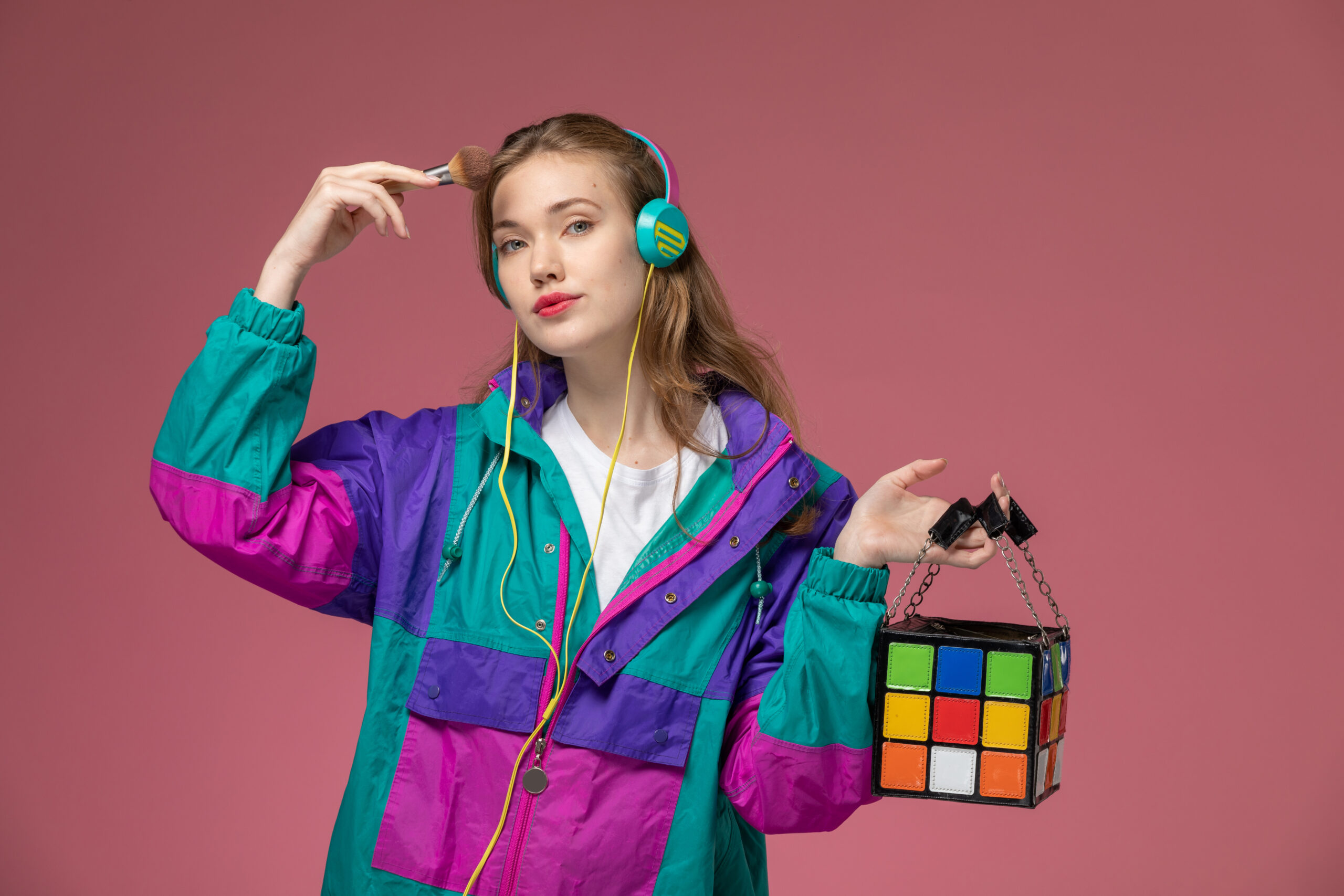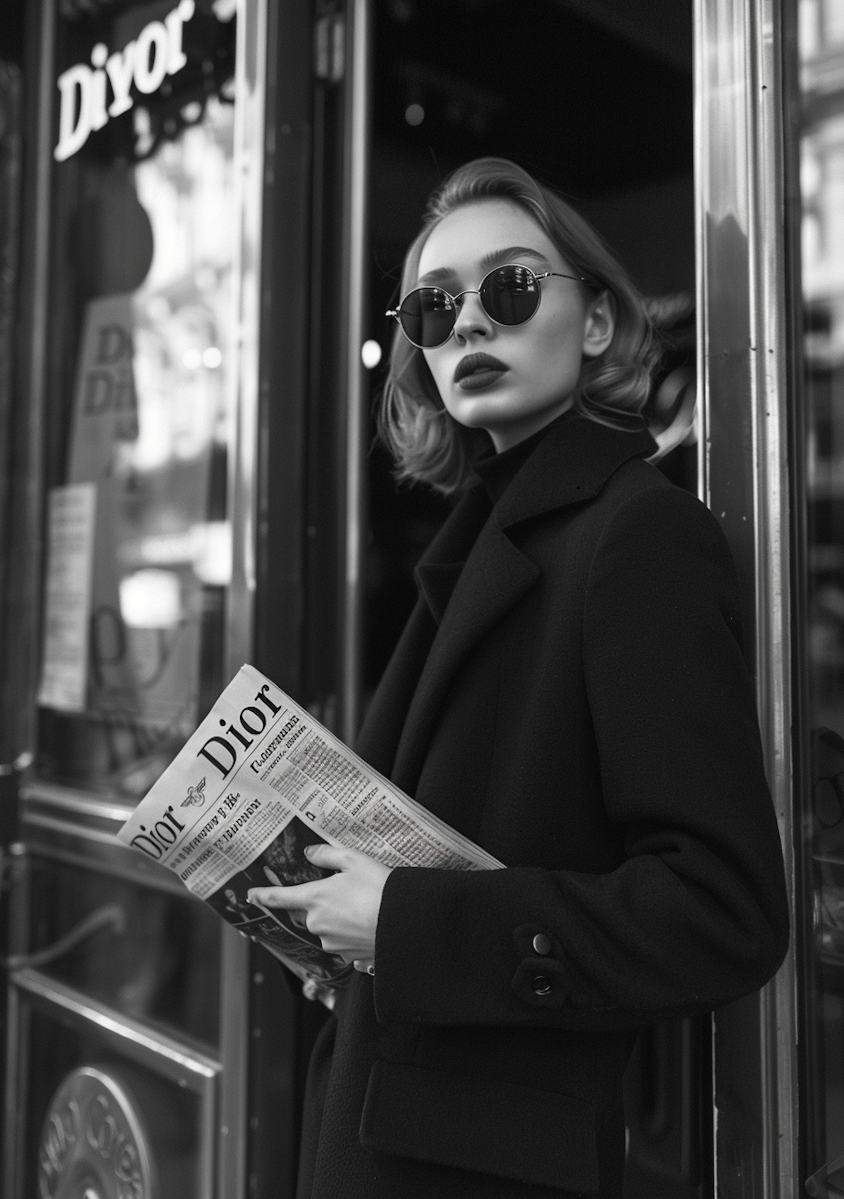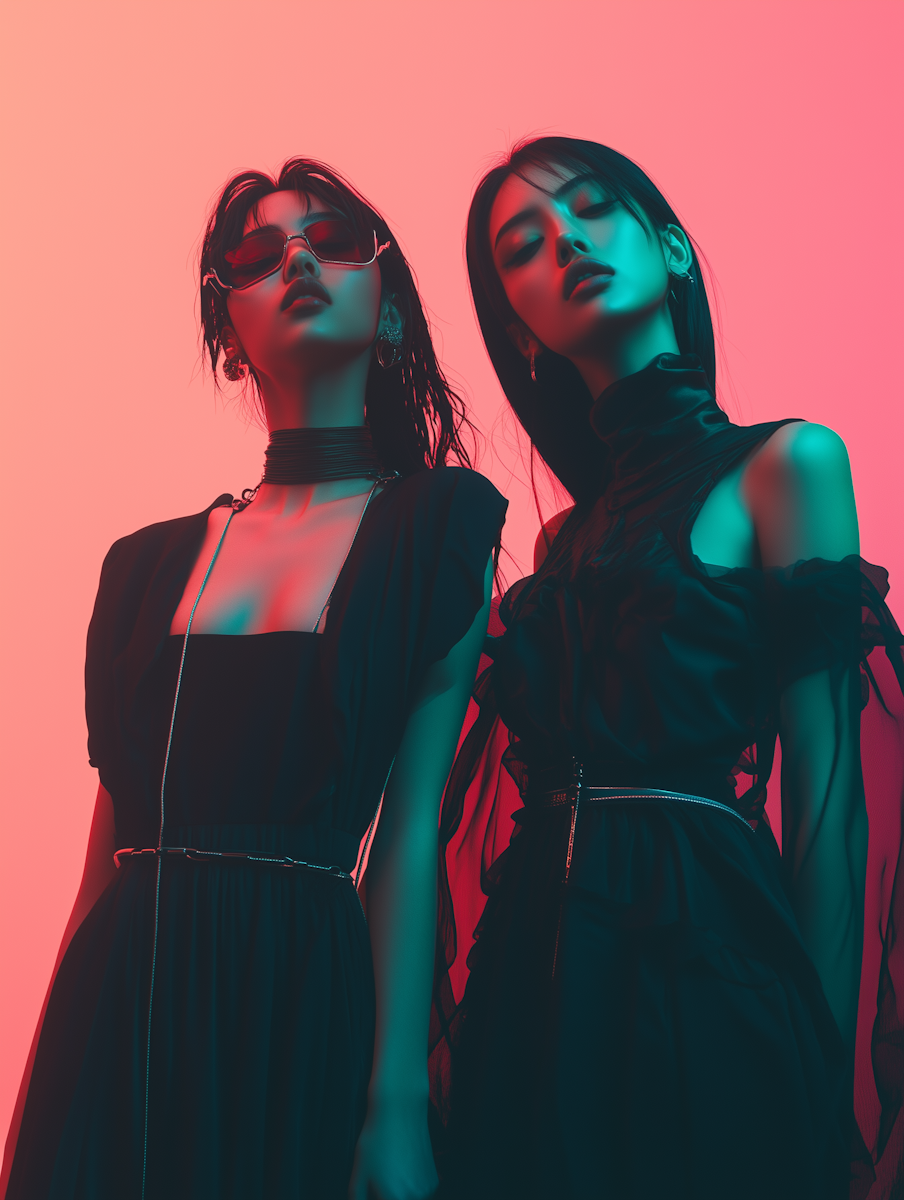Table of contents
Music and fashion have always walked hand in hand—evolving together, influencing each other, and shaping the way we express identity. From the sharp suits of jazz legends to the rebellious leather jackets of rockstars, the connection between music and fashion is a cultural conversation that’s never silent. These two art forms don’t just coexist—they reflect, amplify, and redefine one another across decades and genres.
In this post, we’ll explore how music impacts fashion trends, how style defines music icons, and why the bond between these creative forces continues to be so powerful today.
The Historical Connection Between Music and Fashion
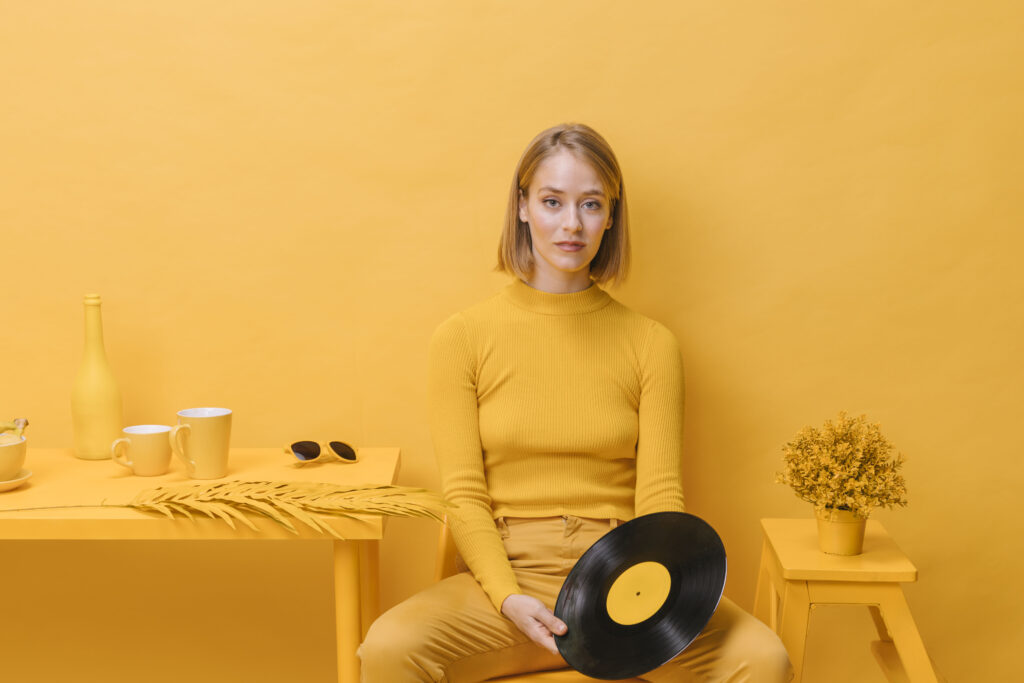
The connection between music and fashion can be traced back through nearly every major cultural movement:
1. Jazz Age – 1920s
Flapper dresses, feathered headbands, and tuxedos symbolized the freedom and elegance of the Jazz Age. Musicians like Duke Ellington and Louis Armstrong set the tone not only musically but sartorially.
2. Rock ‘n’ Roll – 1950s–1960s
Elvis Presley popularized slicked-back hair, leather jackets, and denim—defining the rebellious teen. The Beatles transformed youth fashion again with mod suits and boots.
3. Disco – 1970s
Sequins, bell-bottoms, and platform shoes defined this era. Studio 54 fashion was as loud as the disco hits that filled the air.
4. Hip-Hop – 1980s–1990s
The rise of hip-hop brought oversized jackets, Adidas sneakers, gold chains, and bucket hats into mainstream style. Artists like Run-D.M.C. and Tupac became fashion trendsetters.
5. Pop & Alternative – 2000s–Now
Lady Gaga, Billie Eilish, Harry Styles—today’s artists blend fashion and music more seamlessly than ever, often setting or redefining the boundaries of what’s considered “trendy.”
How Music Influences Fashion Trends
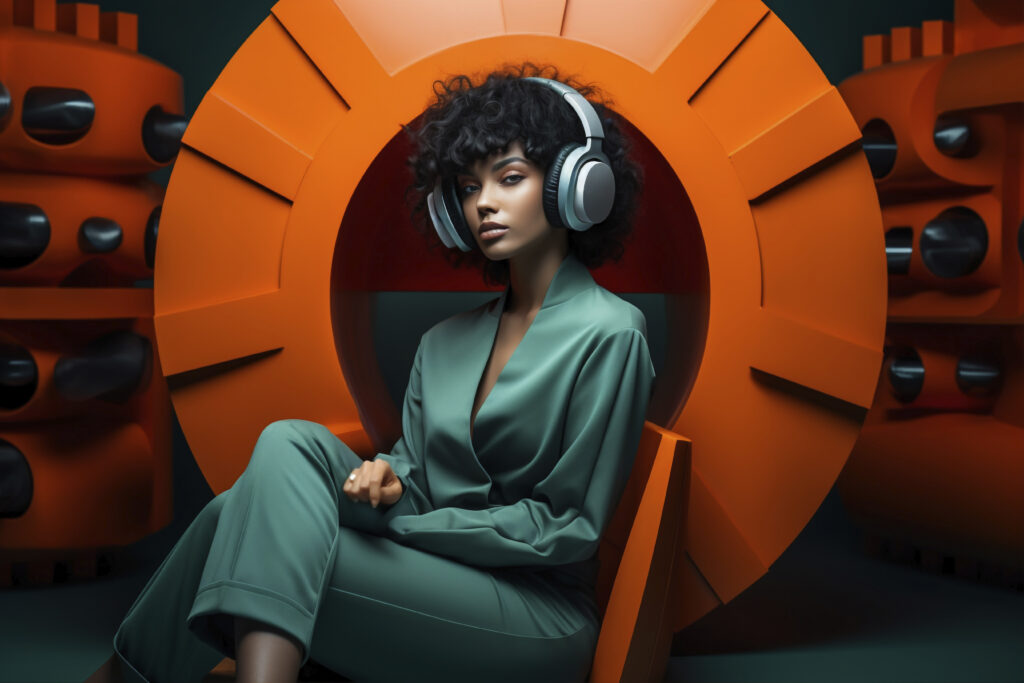
Music not only reflects social change but inspires design, from streetwear to haute couture. Here’s how:
- Lyrics as Fashion Statements – Artists often wear their message, whether it’s political, personal, or cultural.
- Concert Fashion – Tour outfits and stage costumes set tone for fan trends (think Beyoncé’s Renaissance tour or Taylor Swift’s Eras).
- Music Videos – Visuals introduce bold, expressive fashion, sometimes influencing an entire season’s trend.
- Subcultures and Style – Punk, emo, rave, grunge, and goth all originated as music scenes and became major fashion aesthetics.
Designers like Jean Paul Gaultier, Alexander McQueen, and Virgil Abloh have all referenced musical influence in their collections.
Artists as Fashion Icons
Some of the most enduring fashion moments in history came from musicians, not models:
- David Bowie’s Ziggy Stardust looks changed gender norms in fashion.
- Madonna’s ’80s style—lace gloves, corsets, and crucifix jewelry—became an era-defining aesthetic.
- Kanye West blurred the lines between rapper, designer, and cultural disruptor.
- Rihanna turned her music fame into a fashion empire, influencing both streetwear and luxury markets.
Artists shape fashion because they embody style with meaning—it’s not just about what they wear, but why.
Modern Day Music-Fashion Collaborations
The synergy between music and fashion is stronger than ever:
- Beyoncé x Adidas (IVY PARK)
- Pharrell Williams x Louis Vuitton
- Bad Bunny x Adidas
- Doja Cat x PrettyLittleThing
- Travis Scott x Nike
These collaborations allow artists to channel their aesthetic into wearable lines, giving fans a deeper connection to both the music and the message.
FAQs About the Connection Between Music and Fashion
Music captures emotions and identity—fashion visualizes them. Artists set trends because they influence pop culture on multiple sensory levels.
Absolutely. Many runway collections are scored to specific soundtracks and inspired by musical eras, lyrics, or genres. Music sets the mood and story behind fashion.
Concerts, music videos, and social media drive fan fashion. Fans replicate styles worn by artists as a way of expressing loyalty and identity.
Hip-hop, punk, rock, pop, and disco are some of the most fashion-forward genres, each spawning unique, era-defining trends.
Yes! Artists often use fashion to build their brand and persona. Fashion can shape how music is received, from album covers to red carpet appearances.
Final Thoughts
The connection between music and fashion is more than a trend—it’s a symbiotic relationship that shapes how we see, hear, and feel the world around us. From the underground to the mainstream, music influences what we wear, and fashion gives sound a visual form. Whether you’re a designer, artist, or fan, embracing this connection can lead to bold, authentic self-expression.
In the end, fashion is music you can see, and music is fashion you can hear.

